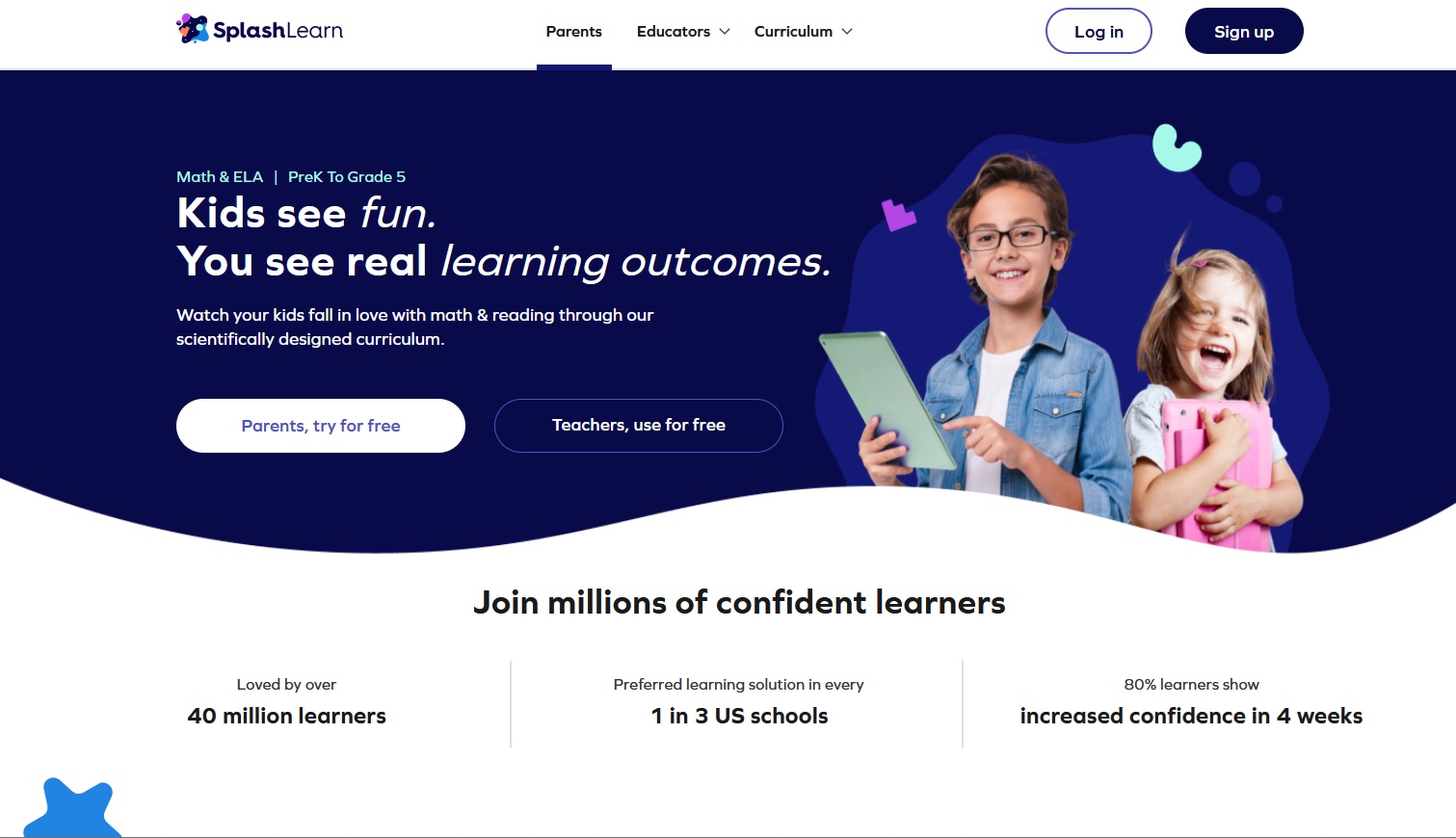What are Open Educational Resources? Well, Open Educational Resources or OER refer to the freely available and openly licensed scholarly material that can be used for education – teaching, learning, training, research, and more. These aids include textbooks, course notes, lecture videos, interactive simulations, quizzes, and others.
OER are released under open licenses, such as the Creative Commons licenses, which permit the users to legally and freely use, adjust, and disseminate the content. They are obtainable to students at no cost. This removes some of the financial barriers to education and provides equal opportunities for learners to use the most high-quality learning materials. Here are the benefits and drawbacks of using OER in teaching and learning.
Benefits of OER
Cost savings
One of the important benefits of OER is that they are free or carry minimal costs compared to traditional educational resources. This is even true for students who pay for a research papers to make their university work simpler. This lowers the financial burden on students and allows fair, wider access to educational materials for all learners, including those from economically-underprivileged backgrounds.
Accessibility and flexibility
OER can be accessed from anywhere with an internet connection, enabling learners to study at their own pace and convenience. They can be used on various devices, such as computers, tablets, and smartphones, making learning more accessible to a wider audience.
Customization and adaptability
OER equip educators with the freedom to customize and adjust the resources to suit their specific educational needs. They can change, translate, or remix the content to align with their curriculum, teaching style, and the unique learning requirements of their students.
Collaboration and sharing
Anyone who uses human translation services knows how important the concept of collaboration and communication is. OER promote cooperation and collaboration among educators and learners everywhere by encouraging the sharing of aids, knowledge, and other educational practices. Teachers can contribute to the OER community by publishing their own materials, thereby promoting a culture of collaboration and constant improvement.
Up-to-date and diverse content
OER can be easily edited and modified, ensuring that the content remains relevant and appropriate and reflects the latest outcomes in the field. Further, OER can incorporate diverse perspectives and voices, improving inclusivity and cultural sensitivity in educational materials.
Drawbacks of OER:
Quality control
As Open Educational Resources can be created and shared by anyone and every one, ensuring the quality and precision of the resources can be a challenge. One of such educational research is Benzinga, where you can find helpful information for students. Not all OER may undergo rigorous review procedures. Hence, educators need to critically evaluate the content before using it in their education.
Technical barriers
Accessing and actually utilizing OER require fundamental technological knowledge and a reliable internet connection. Some learners or establishments may face technological barriers, such as limited internet access or obsolete devices, which can interfere with their ability to use OER and learn from it fully.
Lack of guidance and structure
While OER provide a wealth of resources to educators, they may not always come with structured learning paths or direction. This can be overwhelming for new learners who require more guidance and structure in their learning process. Hence, open educational resources must be used with utmost care and guidance, especially by students who are new to a college education.
Copyright considerations
While most OER are openly licensed, it is essential to understand the specific license terms and ensure adherence to copyright laws and restrictions when using and adapting the resources. Failure to follow the licensing requirements can lead to legal issues and other challenges students may want to avoid.
Fragmentation and search challenges
With the abundance of OER available from various sources, finding relevant and high-quality resources can be difficult. The surplus of OER across different platforms and websites can make it time-consuming to search for the right materials.
To Summarize
Overall, the advantages of Open Educational Resources, such as cost savings, accessibility, customization, and collaboration, make them a valuable aid for teaching and learning. However, educators and students should be aware of the possible disadvantages, such as quality control issues, technical obstacles, and the need for careful copyright adherence. By critically evaluating and properly integrating OER into their academic practices, teachers can harness their ability to improve teaching and learning experiences for everyone.
Author’s Bio – Elaine Bailey
Elaine Bailey is a former professor and writer. Her work has paved the way for implementing Open Educational Resources worldwide, as she has done a lot of research on using these aids in everyday learning. Elaine’s books have been used as study material in colleges, and she is currently authoring many articles on the subject. Her goal is to educate her online audience on various academic topics.








Add Comment